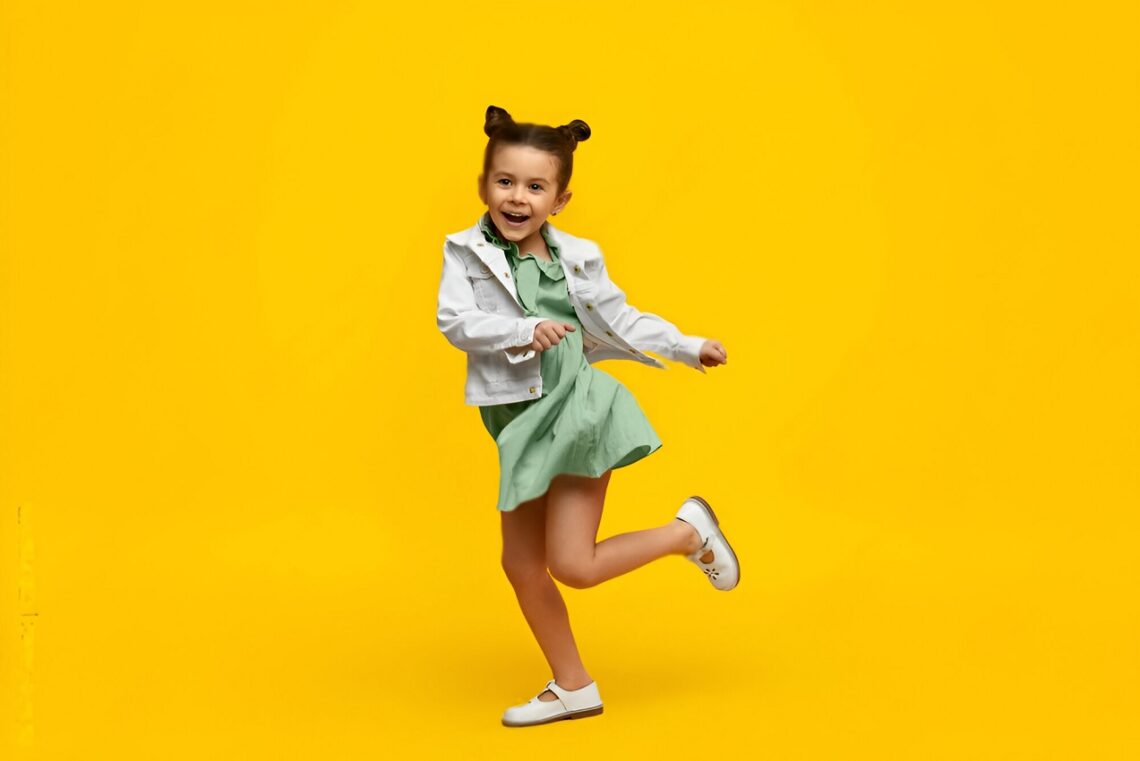Table of Contents
Dance is more than just a form of artistic expression; it serves as a powerful tool for personal development, particularly in building confidence. Engaging in dance performance enables individuals to overcome self-doubt, embrace their abilities, and present themselves assertively in various aspects of life.
Key Takeaways
- Skill Mastery: Achieving proficiency in dance techniques boosts self-esteem.
- Performance Resilience: Regular performances help overcome stage fright.
- Authentic Expression: Dance allows for genuine self-expression, fostering self-acceptance.
- Goal Achievement: Setting and accomplishing dance goals enhances confidence.
- Constructive Growth: Feedback in dance leads to continuous improvement and self-assurance.
Building Confidence Through Dance Performance empowers individuals to overcome self-doubt, express themselves authentically, and develop a strong sense of self-assurance both on and off the stage.
The Transformative Power of Dance
Enhancing Self-Esteem
Participating in dance fosters a positive self-image by allowing individuals to master new skills and showcase them publicly. This mastery leads to a sense of accomplishment, thereby boosting self-esteem. As dancers progress, they develop a stronger belief in their capabilities, which translates into increased confidence both on and off the stage.
Overcoming Stage Fright
Performing in front of an audience can be daunting, but repeated exposure through dance recitals helps individuals manage and overcome stage fright. This experience teaches resilience and adaptability, essential components of confidence. As dancers become accustomed to performing, they learn to channel nervous energy into their performance, enhancing their overall presence.
Encouraging Self-Expression
Dance provides a medium for expressing emotions and stories without words, allowing individuals to connect with their inner selves. This form of self-expression is crucial for building confidence, as it encourages authenticity and self-acceptance. Through dance, individuals learn to convey complex emotions, leading to a deeper understanding and appreciation of themselves.
Practical Strategies to Build Confidence Through Dance
Setting Achievable Goals
Establishing realistic and attainable goals in dance encourages continuous improvement and motivation. As dancers achieve these goals, their confidence grows, inspiring them to tackle more challenging objectives. This goal-setting process reinforces a growth mindset, essential for personal development.
Positive Visualization
Imagining successful performances can significantly boost a dancer’s confidence. Visualization techniques prepare the mind for actual performance scenarios, reducing anxiety and enhancing self-assurance. This mental rehearsal allows dancers to experience success internally, which then manifests externally during performances.
Constructive Feedback
Receiving and implementing feedback is vital for growth in dance. Constructive criticism helps dancers identify areas for improvement, leading to skill enhancement and increased confidence. Embracing feedback fosters a learning attitude, enabling dancers to view challenges as opportunities for growth.
Real-Life Examples
Dance United’s Impact
Organizations like Dance United have demonstrated the profound effect of dance on confidence building. By engaging marginalized youths in intensive dance programs, participants develop discipline, self-worth, and a sense of accomplishment, leading to improved life outcomes.
Princess Diana’s Experience
Princess Diana reportedly found a sense of freedom and confidence through dance amidst the constraining environment of the royal family. Her engagement in dance lessons allowed her to express herself authentically, highlighting dance’s role in personal empowerment.
Developing Leadership Skills Through Dance
Dance not only enhances confidence but also fosters leadership qualities. Dancers often take on roles that require them to guide a group, synchronize movements, and support fellow performers. This leadership experience cultivates assertiveness, responsibility, and the ability to inspire others.
Strengthening Resilience and Perseverance
Confidence grows when individuals learn to overcome challenges, and dance is an excellent medium for building resilience. Whether mastering a difficult routine or handling constructive criticism, dancers develop perseverance. These experiences reinforce the mindset that setbacks are temporary, strengthening their determination.
Enhancing Social Confidence
Performing in front of an audience and collaborating with a dance group nurtures social skills. Dancers engage in teamwork, communicate effectively, and build friendships, all of which contribute to increased social confidence. The ability to connect with others positively impacts personal and professional interactions.
The Role of Encouragement and Support
A positive dance environment plays a crucial role in confidence-building. Support from instructors, peers, and family helps dancers believe in their abilities. Encouragement fosters a growth mindset, allowing dancers to embrace challenges with enthusiasm and self-assurance.
The Long-Term Impact of Dance Confidence
Confidence gained through dance extends beyond the studio. Whether in school, the workplace, or personal relationships, individuals who have built confidence through dance carry their self-assurance into various aspects of life. This long-term impact proves the transformative power of dance in personal development.
Dance performance is a multifaceted avenue for building confidence. Through skill mastery, overcoming performance anxiety, and embracing self-expression, individuals can significantly enhance their self-assurance. Incorporating practical strategies such as goal setting, visualization, and constructive feedback further solidifies this development. The transformative power of dance extends beyond the stage, enriching various aspects of life and personal growth.
How does dance improve self-confidence?
Dance enhances self-confidence by allowing individuals to master new skills, perform publicly, and express themselves creatively. These experiences lead to a sense of accomplishment and self-assurance.
Can dance help overcome social anxiety?
Yes, participating in dance can help individuals overcome social anxiety by providing opportunities for social interaction, teamwork, and public performance, thereby reducing fear in social settings.
How does dance improve self-confidence?
Absolutely, dance is beneficial for individuals of all ages. Adults can gain confidence through learning new dance styles, performing, and engaging in social aspects of dance communities.





